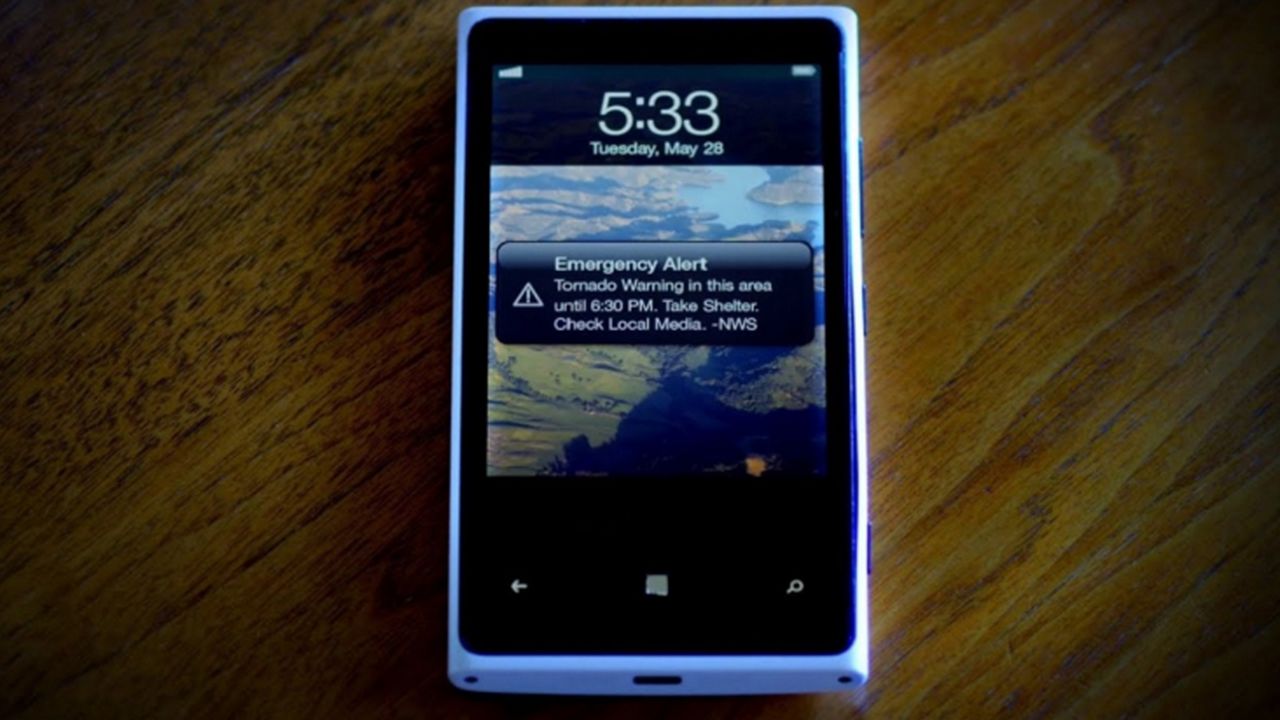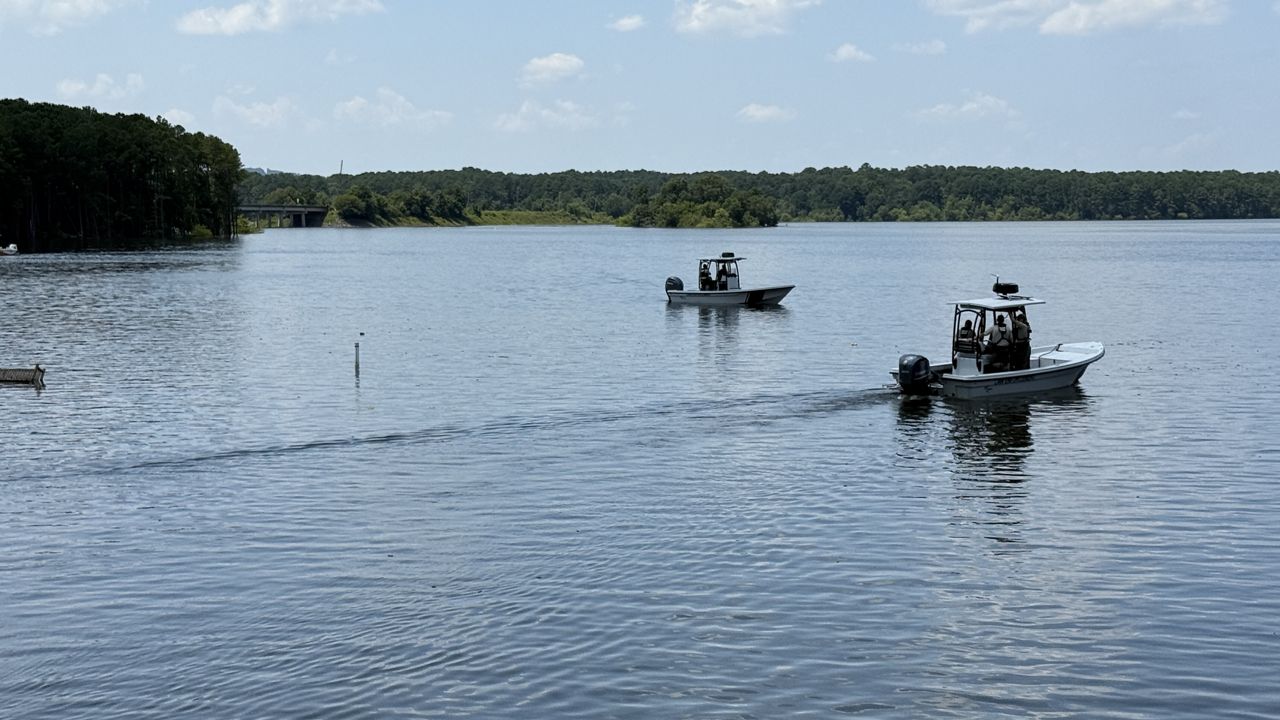Severe weather, like tornadoes, can occur any time of the year and any time of day or night in North Carolina.
We should all have a severe weather plan before storms threaten.
One simple way that you can prepare for severe weather is to make sure you have a way to receive weather warnings. We will always pass those along if you are watching Weather on the 1s and Spectrum News 1.
However, if you are away from your TV, aren't watching the Spectrum News 1 app, or if storms threaten while you are sleeping, you may not hear those alerts.
There is a way though that you can still get life saving warnings even in the middle of the night. Check the settings on your smartphone right now and make sure Wireless Emergency Alerts are turned on. That will sound an alarm when a Tornado Warning or Flash Flood Warning is issued for your location. It will even work for where you are if you're traveling away from home.
The settings may be a bit different depending on your wireless carrier and your device. Here's where you can find more information on how to make sure they are working on your smartphone:
- Wireless Emergency Alerts Guide from the FCC
- Wireless Emergency Alerts Guide from the National Weather Service
It's best to have multiple ways to receive weather alerts. While you're checking your Wireless Emergency Alerts settings, be sure to check the alert settings on your Spectrum News app. Our app will also send you a notification for many different types of weather alerts.
Every home, business and school should also have a NOAA Weather Radio. You can purchase one from most electronics stores and it will sound an alarm when a warning is issued for your county. Make sure you have one with a battery backup feature so that it will still work even during a power outage.
RELATED: How to send messages with no cell service/Wi-Fi on iPhone
Our team of meteorologists dives deep into the science of weather and breaks down timely weather data and information. To view more weather and climate stories, check out our weather blogs section.









_Cropped)